Cacao and coffee ‘beans’ are some of the most widely consumed crops around the globe. They share a similar history, qualities, and utility, while still retaining their distinct differences. When deciding between cacao vs coffee for production or consumption, here are the many factors to consider.

Jump To
Overview of Coffee Vs. Cacao
Coffee beans are generally brewed, for example, while cacao beans are used to make chocolate. And despite being called beans, both coffee and cacao are seeds from their respective fruit. They are also grown in similar regions of the world, but thrive at different altitudes.
Beyond the modern sweet chocolate, traditional methods of brewing cacao can provide a healthy, energy-boosting alternative to coffee. Both are naturally bitter, but develop complex flavors through various processing methods, preparations, and added ingredients.
Both are also sources of psychoactive stimulants, namely caffeine, making them popular pick-me-up drinks. Additional factors that may affect your decision-making include health benefits, ethical concerns, flavor profiles, difficulty in cultivation, challenges in processing and preparation, as well as availability.
What’s best for you will entirely depend on personal preference, purpose, and physiological tolerances, each of which we address in this article.
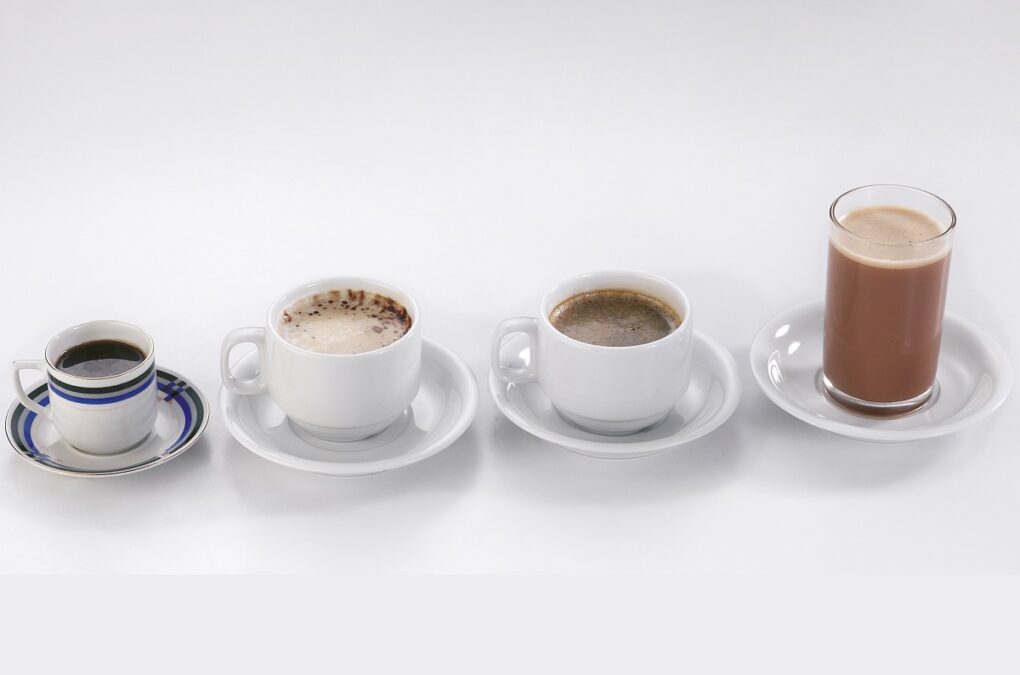
What is Cacao (and Cacao Nibs)?
Chocolate liquor and cacao butter are the primary ingredients used to make chocolate. They’re both obtained from the seeds of the cacao tree (Theobroma cacao), which is found along the tropical belt, growing at altitudes between 30 to 100 meters (100 to 1000ft) above sea level.
It takes an initial 2-5 years before the trees bear their first fruits, of which only up to 30% successfully mature. There are three general varieties still used to distinguish different types of cacao, though researchers now know there are actually 10 distinct genetic families.
The three original types are forastero, criollo, and trinitario, with each cacao pod containing between 20 to 50 seeds. Besides yield, each varietal is also of varying grades of quality, distinguished between ordinary or fine-flavor cacao.
Ordinary forastero and the mid-grade trinitario varietals make up roughly 95% of global cacao production, making the criollo cacao (its own distinct genetic family) a rare treat indeed. Harvesting cacao of any varietal starts with the same laborious task of carefully separating the pods from the tree using a machete.
The pods are split open to reveal the fruit’s sweet pulp and seeds that we’ll continue to refer to as the ‘beans.’ Both the beans and pulp are collected in heaps, covered in leaves, and left to ferment.
Fermentation raises the cacao bean’s temperature, sterilizing it and developing the substances that determine its flavor profile. Common-grade beans are fermented for five to seven days, while fine flavored grades, usually generically criollo-heavy, are fermented for only one to three days.
After fermentation, they are sun- or smoke-dried until they reach a moisture content of 6 to 7%, which is ideal for preventing mold formation during transport. After drying is complete, they are bagged and sold off to buyers.
The cacao beans will eventually be roasted, crushed, and undergo winnowing to collect the cacao nibs that are ground into cocoa mass and heated into chocolate liquor. This is the primary ingredient in chocolate, and can be further separated into cacao powder and cacao butter, the two main perpetrators of chocolate stains.
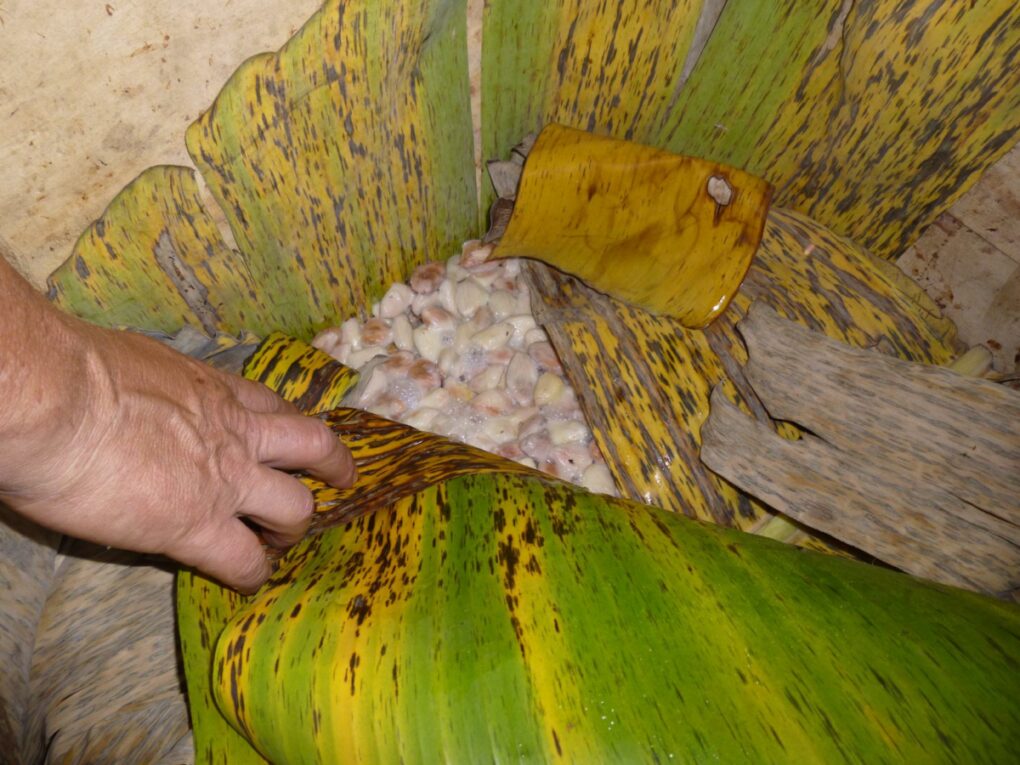
What is Coffee (and Coffee Beans)?
Coffee is a beverage brewed from the ground roasted seeds of the coffee plant Coffea, which is part of the Rubiaceae family. It’s a shrub or small tree variety native to high altitudes (1,000 to 6,500 feet or between 300 to 2000 meters) and found in tropical and southern Africa and tropical Asia, north of the equator.
Some types grow a berry fruit that matures in 7-8 months, called coffee cherries. Each fruit contains two seeds known colloquially as 'coffee beans.'
The three main varieties of coffee consumed commercially is the mass-market Arabica, the caffeine-rich Robusta, the rare and fruity Liberica, and the blended Excelsa. Like cacao, each variety can be further separated into grades and then origins, all tracing back to North Africa.
Harvesting ripe coffee cherries for their beans is just as labor intensive. The best cherries are hand-picked and then carefully sorted for consistent quality and flavor. Fermentation of the beans is not necessary, since that process only serves to make the separation of the bean easier.
The beans are then left to dry in the sun for 4 days, where they develop a parchment layer that is removed via winnowing. What’s left are the green coffee beans, now ready for roasting.
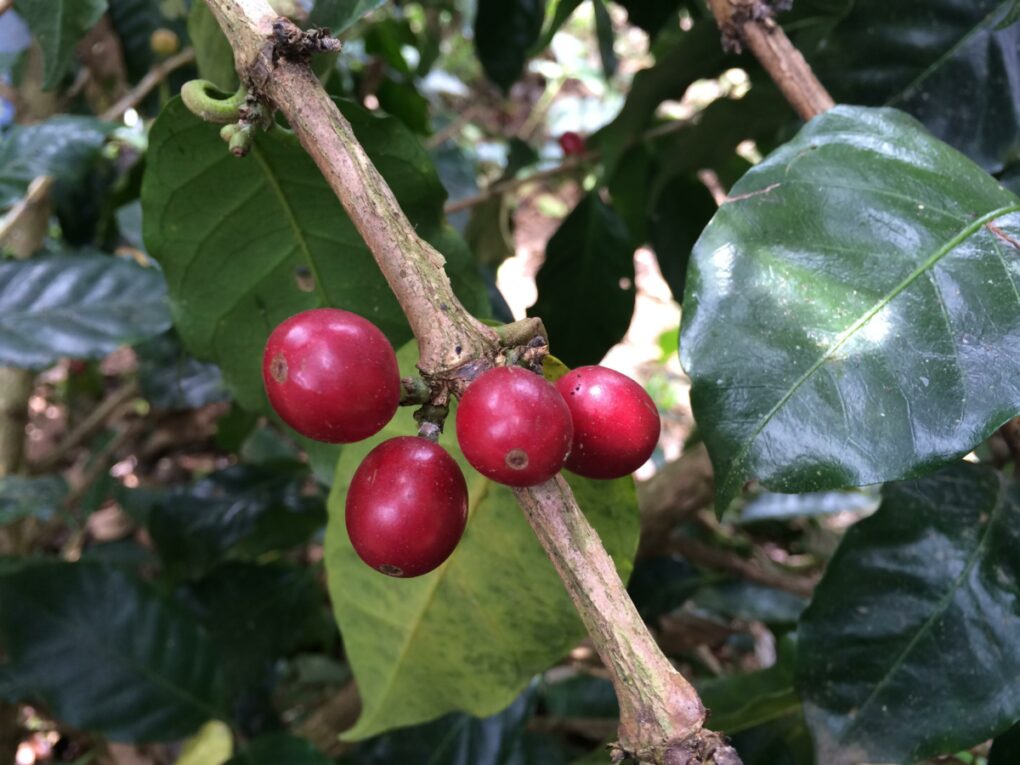
Cacao vs. Coffee: The Main Differences
In relative composition, cacao beans contain about 50% fat compared to coffee beans’ 14% fat content. On the other hand, coffee beans contain roughly 50% carbohydrates (sugars) versus just 20% for cacao beans. Cacao beans are also dried to 7% to 8% moisture content, while coffee beans contain a bit more at 9% to 12%.
Roasting
Processing is where cacao and coffee beans start to contrast much more. The steps are mechanically similar, but the details and functions of their processing are different. As mentioned earlier, fermentation is important to the establishment of cacao’s flavor, whereas the coffee cherry can skip this step altogether.
The roles are reversed when it comes to roasting. Coffee is roasted at higher temperatures than cacao, in excess of 200 °C (400 °F), which results in the caramelization of the bean’s sugars. Under the heat the coffee beans expand and pop, a stage known as the 1st or 2nd 'crack.'
During this time the beans are developing flavors rapidly, and it can change within seconds. Cacao beans also further develop their flavor during roasting, but it’s done more so for the other effects that come along with roasting.
Cacao has an average weight 10 times that of a coffee bean, which contributes to their longer roasting time. The flavors that develop during roasting are dependent on the substances formed in the post-harvest fermentation process, as well as the roasting temperature.
In a Brazilian study, participants most enjoyed the taste of cacao roasted at 90 to 110 °C (194 to 230 °F) for durations between 20 to 50 minutes. Like coffee beans, overdoing the roasting process with excessive temperatures like 160 °C (320 °F) or lengthy roasting leads to an undesirable burnt and increased bitter taste.

Processing
In terms of overall processing, the preparation of coffee beans is simpler, as fermentation is not necessary and the final product is ready after roasting and resting the beans. What follows is the stage of de-gassing the carbon dioxide from the beans.
The steps that happen from there are largely up to the tastes of the barista and the desires of the customer. Cacao, on the other hand, requires a distinction between the hot drink that the ancient Mesoamericans prepared, and the modern chocolate consumed today.
The traditional hot cocoa beverage, that some consider a healthy alternative to coffee, can be readily prepared by blending or crushing cacao nibs with water and adding flavorings as desired. But when it comes to the production of sweeter chocolates, the cocoa mass and chocolate liquor need to undergo additional steps.
Cacao mass is heated into chocolate liquor, its liquified form, and run through a press to separate the cacao solids from the cacao butter. The remaining mass can then be pulverized into cocoa powder and mixed with sweeteners to make hot or cold chocolate beverages.
If the chocolate liquor is going to be made into eating chocolate, it is run through a conching machine, and often infused with additional cacao butter to aerate and smoothen its texture. The basic recipe for a dark chocolate is composed of 65% chocolate liquor, 5% melted cacao butter, and 30% sugar by weight.
Afterwards, the mixture undergoes a tedious tempering process meant to stabilize the cacao butter. This gives chocolate its durability, texture, shine, melt-in-your-mouth consistency, and refined taste.
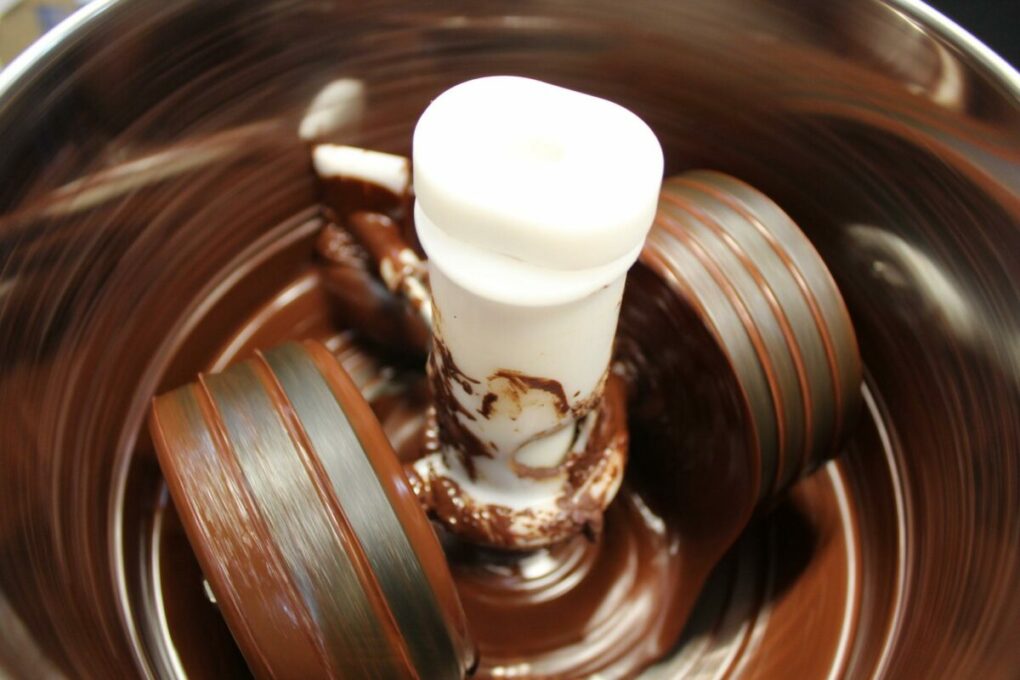
Market Space
Another area where cacao and coffee find themselves at an intersection is in their place in the markets. Demographically, they are both grown in similar regions, specifically in countries around the tropical belt.
These include countries in parts of Africa, Central, and South America, as well as Oceania and South & Southeast Asia. The difference lies in the altitude suitable for the crops. Cacao flourishes in lower altitudes while coffee generally grows well at higher altitudes.
The farms are kept small to contain outbreaks, and the work involved is highly labor-intensive. Most cacao farms are owned by small-hold farmers in West Africa, meaning that harvesting the cacao is a family affair.
The high labor requirement makes up the bulk of the cost of production, and often means enlisting the help of minors and immigrants. The International Coffee Organization’s January 2022 statistics show that out of the 10,616,125 60-kg bags produced globally,
Brazil produced 3.2 million and Vietnam produced 2.8 million of them. Together they account for more than 50% of the global supply, while the remaining share is split between 53 other countries.
In comparison, a 2019/2020 study on cocoa production indicates that about 75% of the world's cocoa production comes from Africa. A whopping 60% of that share comes from the Ivory Coast alone.
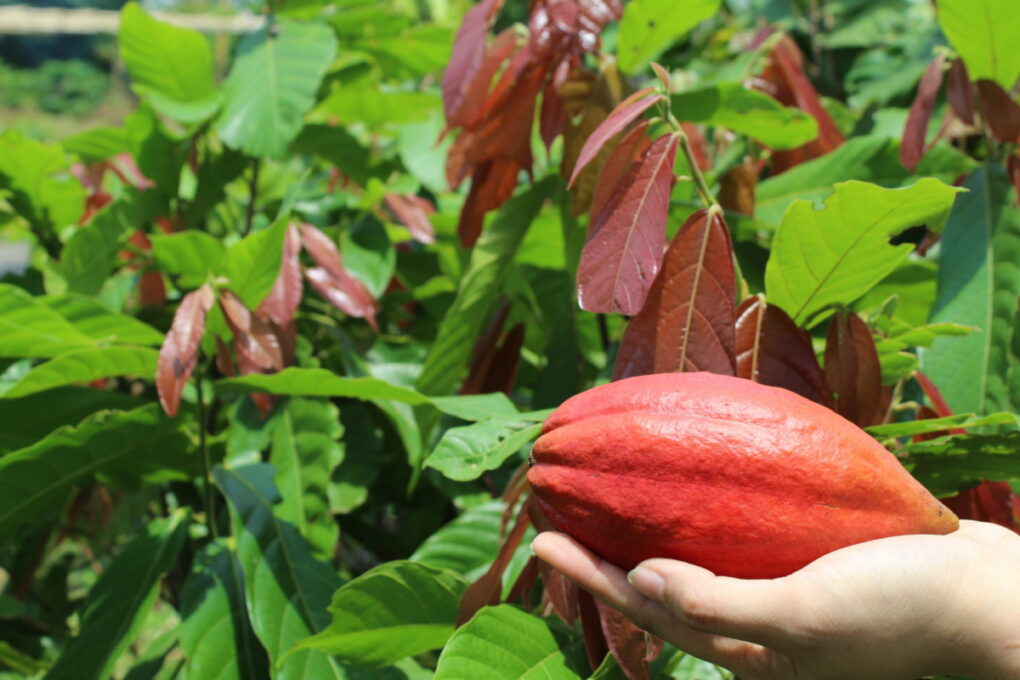
Farming & Farmers
Due to a variety of reasons, most farmers growing cacao and coffee live in poverty. Some of the factors facing coffee and cacao farmers are the volatile prices of their crop, and the uneven trade relations between producer and consumer countries.
Coffee and cacao are commodities traded in the open market, exposing them to major price fluctuations. Small farmers must offer their crops at competitive prices, or even the standard government price to make the sale. This means they only capture a small percentage of the value of the finished product.
The uncertainties associated with cacao and coffee production also force small farmers to seek additional income streams, or even a more lucrative occupation elsewhere. In response, trade justice movements such as Fair Trade and direct trade groups are working to improve market conditions for small producers.
Direct trade efforts are popularizing upscale specialty coffee and cacaos, allowing some enterprising farmers to demand higher prices. Governments are also finally contributing by investing in local processing and production plants that can capture more of the supply chain’s value.
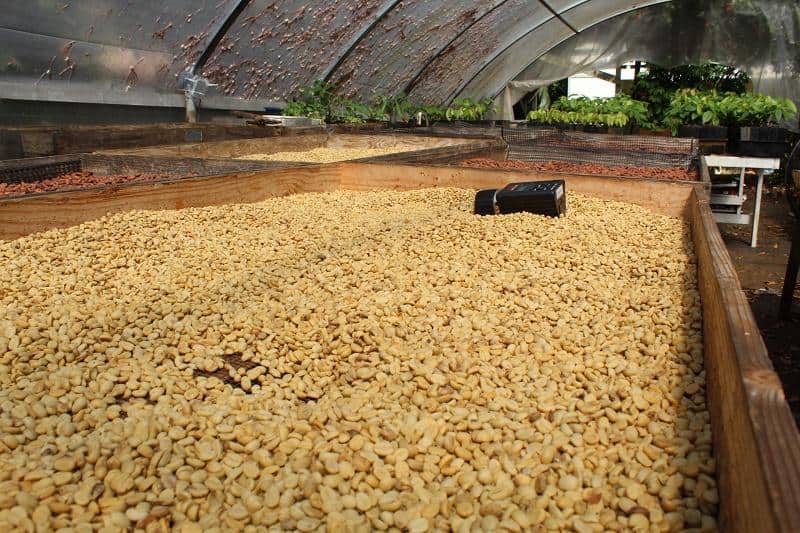
Health Benefits of Cacao & Coffee
Coffee and cacao became known and eventually spread throughout Europe at roughly similar times during the 16th and 17th centuries. Stories of coffee likely spread from ventures into the Near East while cacao arrived by crossing the seas from Central America.
Both beverages were reported to have exhilarating and energizing effects, which lead to claims of their effectiveness as medicinal elixirs. Today these effects are attributed to the psychoactive stimulants, caffeine and theobromine, and the presence of antioxidants.
The exact amount found in each vary depending on the type of coffee or cacao, but generally coffee contains more caffeine than cacao, which contains a bit of both caffeine and theobromine. The latter is a milder stimulant, and gradually delivers its effect over a longer duration relative to caffeine’s energy spike, avoiding the inevitable crash.
The health benefits and risks associated with coffee include improved concentration for ADHD, reduced incidence of cardiovascular disease, type 2 diabetes, liver cancer, and Parkinson's disease. Adverse reactions can include insomnia, depression, jitteriness, anxiety, scotomata, and heartburn.
Cacao is considered a superfood, and various documents from ancient Mesoamerican cultures show their use for treatments of various illnesses. Cacao beans are also rich in flavonoids, which are a significant portion of the antioxidants in cacao.
Consumption of cocoa has similarly been associated with reduced risk of cardiovascular disease, better memory retention, calming effects, improvement in mood, and possibly lower blood pressure. It's also a source of electrolytes, and is considered an effective energy source for post-workout.
However, much like coffee, too much can be bad for your health. This is because chocolate is high in calories and should only be consumed in limited quantities. Theobromine is also toxic to dogs, as they cannot digest it.
Despite the many reported health benefits of cacao, modern studies have been finding it less conclusive; due in part to the modern processing of cacao and additives stripping many of its positive qualities.
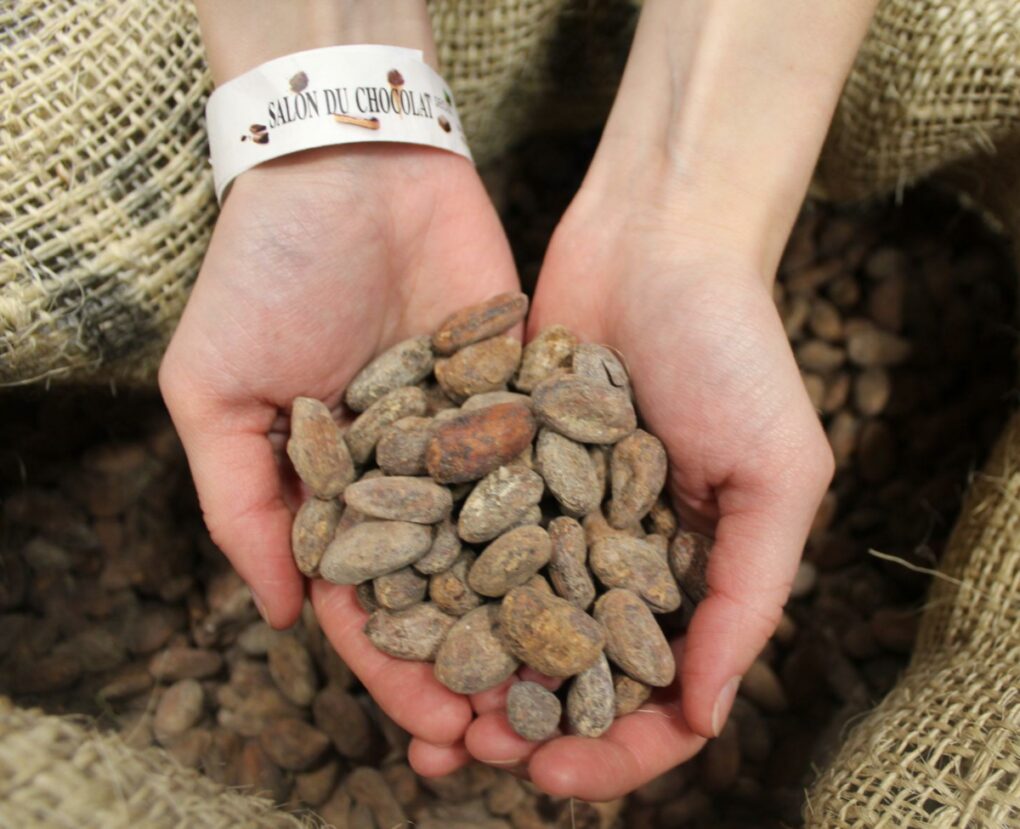
Which is Better: Coffee or Cacao?
Deciding whether coffee or cacao is better for your needs depends on personal preference. In terms of cultivation, coffee and cacao grow in similar regions, but altitude is a factor. Coffee is relatively easier to process, while cocoa requires a few more steps to turn into modern chocolate.
This isn’t to say that brewing cacao or coffee is simple. The flavors can vary widely depending on the techniques employed by the roasters and chocolate makers.
As for nutritional and health benefits, cacao has a milder energy boost with a lower risk of the negative side effects of caffeine. Just be aware that theobromine is harmful for dogs, and all types of chocolate should be kept away from your pets.
Research has shown that moderate amounts of dark chocolate are considered an effective source of energy and nutrition for after workouts. However, more restraint should also be observed when consuming cacao vs coffee due to its high caloric value.
When it comes to taste, it truly comes down to preference. Both cacao and coffee beans can have wildly different profiles and depth of flavor, depending on their cultivation, roasting, and preparation. Because of globalization, consumers now have access to all kinds of coffee and chocolate options.
However, the immediate availability of a specific variety of coffee or cacao can still be a concern. As an example, both tablea, a commercially-available cacao mass, as well as the less common Coffea Liberica, locally called kapeng barako, can be readily found in the Philippines. But whatever choice you make, there are a lot of varieties to explore.

















Comments
No Comments